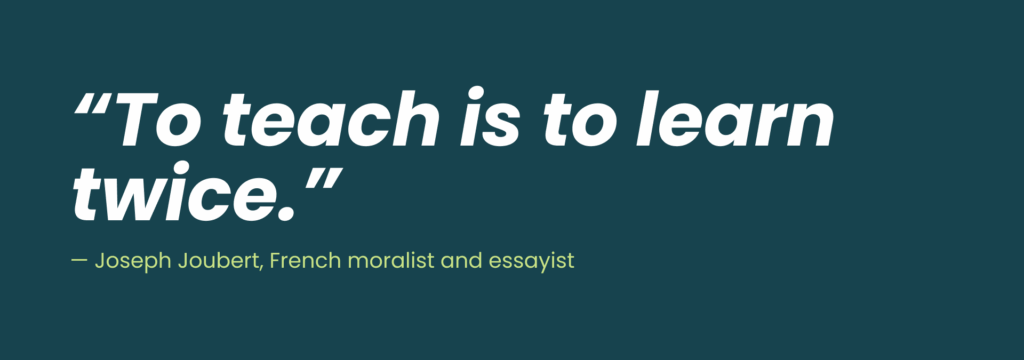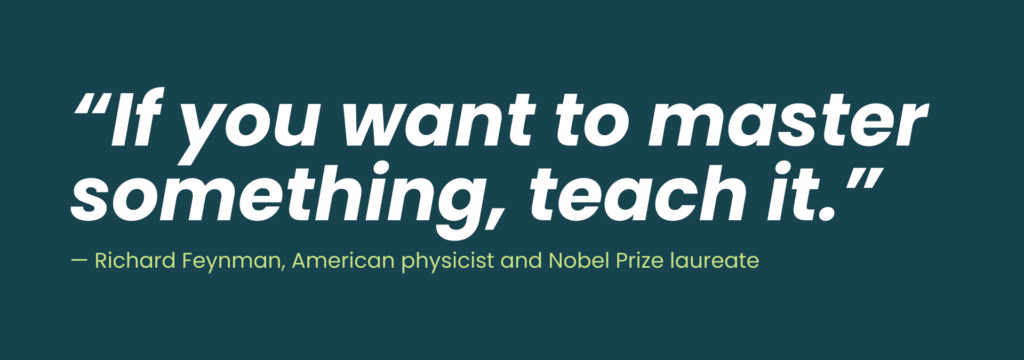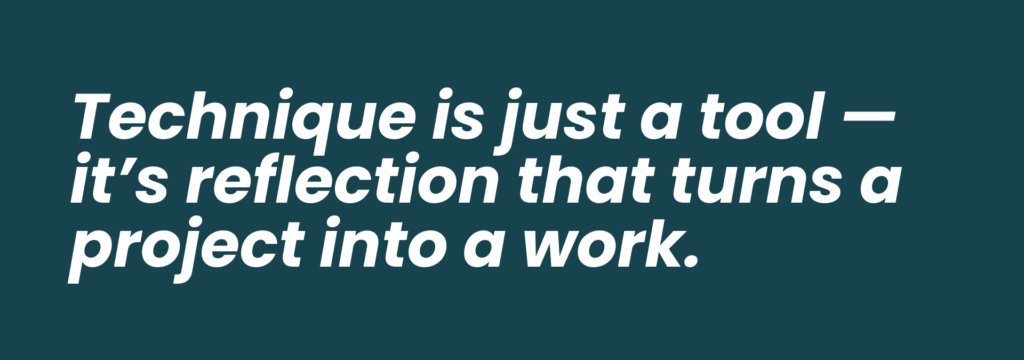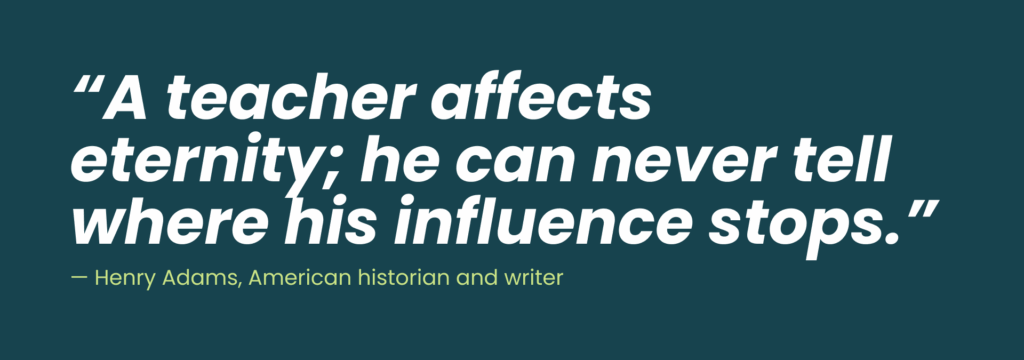It’s back-to-school season: classes are starting again, schools are buzzing with life, and new students are discovering motion design. For us, this is also a special time of year: for several years now, September has meant stepping back into the classroom, alongside our client projects.
Teaching has been part of our journey almost from the very beginning. When we were students, our program didn’t include any motion design courses. We had to learn by ourselves, searching for resources and experimenting on our own. That’s probably why, as soon as the opportunity came along, we wanted to give others what we didn’t have: the chance to learn motion design directly from professionals.
Our first steps in teaching
At the start, teaching answered several needs. It was a way to complement our income, to step out of our daily production routine, and above all, to pass on knowledge to students. We wanted to open a door we would have loved to find back then: a discipline that was rarely taught in schools at the time.
But very quickly, we realized it was much more than that.
What teaching taught us
Teaching isn’t just about passing on what you know. It’s also about evolving, questioning yourself, and learning continuously.
Every class is an opportunity to face new questions, new ways of thinking, sometimes unexpected. Students keep us curious, forcing us to stay up to date with the constant evolution of tools, trends, and practices.
Explaining things that feel obvious to us pushes us to break down our own habits and clarify our ideas. It’s in those moments that we discover new ways of working, or rediscover the value of skills we once took for granted.
In that sense, teaching is as much a school for us as it is for the students.
How our courses evolved
Over time, our approach to teaching has changed. At first, we mostly taught technical courses: software, production methods, concrete tips to animate faster and more efficiently. It was necessary, but not enough.
We realized we needed to go further. Training good motion designers isn’t just about teaching them how to use After Effects. It’s about giving them visual culture, a method, and the ability to think critically. It’s about teaching them how to structure a project, understand art direction, and place their work within the broader history of design and art.
This is exactly what we explored in our previous article, Technique vs Thinking, where we explained why thinking before producing is essential to give depth and purpose to a creation.
Today, our classes include more and more of these dimensions: project management, art direction, art history, visual culture. Because behind every moving image, there are ideas, references, and intention.
Why we keep teaching
If we continue to teach today, it’s first and foremost because it makes sense to us. Sharing knowledge has become a pleasure, almost a necessity.
We love supporting students, watching them grow, and sometimes even seeing them flourish in a path they hadn’t imagined for themselves. We also enjoy contributing to the improvement of programs, helping schools enrich their courses, and giving students the opportunity to learn from professionals actively working in the field.
And then there are all the encounters. Every class is unique, every student has their own potential and universe. It’s a privilege to spot, sometimes very early, those who will become the next bright talents in motion design.
Teaching to build a healthier industry
Teaching is also a way to have an impact on the professional field itself. The young creatives we train today will be tomorrow’s freelancers, art directors, and creators. Giving them technical skills is essential. But equally important is giving them a healthy way of working, values of respect, collaboration, and an awareness of the realities of the profession.
We believe that by setting these foundations early in their education, we help build a more sustainable ecosystem — one that respects people, embraces diverse paths, and encourages long-term creativity. In this sense, teaching is also about shaping the future of motion design, far beyond our own projects.
Conclusion
Teaching isn’t a “side activity” for us. It’s a core part of our practice, just as important as our client work. Teaching means nourishing a creative community bigger than ourselves. It means planting seeds we may never see bloom, but that will help the discipline grow.
And in the end, that’s what really matters: keeping the fire alive — and passing it on.
Teaching is about sparking ideas — and sometimes, years later, watching them ignite into flames.








